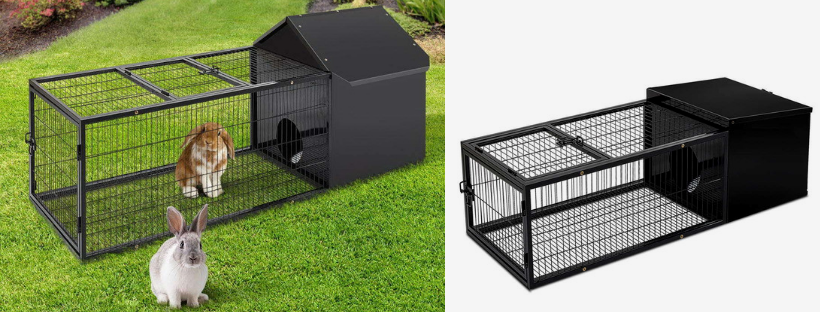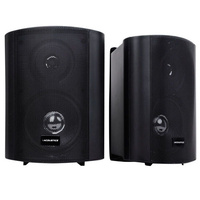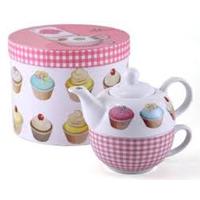A guide to choosing the right rabbit hutch
Author: John Smith Date Posted:3 October 2018


Like Alice let us take a journey down the rabbit hole and find out the finer points in choosing the perfect rabbit hutch for your favourite furry friend. Your rabbit will spend most of their life in housing so it's important that the accommodation meets all of their needs.
The wrong accommodation can cause health problems such as muscle wastage, obesity, and spine deformities. A lack of space for exercise and appropriate stimulation can also affect your rabbits mental well-being.
Every rabbit needs a place to call home; but for an owner, creating the perfect living space can be a bit of a headache. How big should a hutch be? What are the best materials? Is indoors better than out? If you want the best for your rabbit, but you aren't sure what it is or where to get it, this blog will answer your questions.
Now let's get down to bunny business.
When looking to buy a rabbit hutch what size should I consider?
Prior to buying a new home for your rabbits, the first thing to consider is size. How many rabbits do you plan to raise? Remember, if you’re housing male and female rabbits, they tend to multiply at a steady rate, so maybe some family planning brochures need to be given to you and the rabbit going ahead.
Small hutches create a lot of problems for rabbits like lack of exercise and even chronic arthritis pain if they are unable to move for long periods due to lack of space. A general rule of thumb for deciding on the size of a hutch or cage is reserving about 1 square foot of cage or hutch space per pound of body weight on each rabbit.
A typical rabbit weighs about 6 pounds, so a single rabbit needs about 6 square feet of hutch space or about 2 feet by 3 feet. The cage should be tall enough so that your rabbit can stand on its hind legs without having to crouch or bump its ears on the top.
What sort of materials should my rabbit hutch be made of?
What material is right for you? It actually depends on your preference. If you check the market, you will find that there are units made of wire, plastic, and wood. Wire and plastic enclosures are preferred by rabbit owners who plan to keep their pets indoors because they are lighter and somewhat easier to clean.
Wood, on the other hand, is generally the choice of owners who plan to put their rabbits outdoors - mainly because it is sturdy enough to withstand the efforts of other animals like dogs or cats from toppling them over. There are several dangers in the outdoors, including predators, weather, and toxicity from herbicides, pesticides, or poisonous plants.
If a rabbit is to stay outside, it should at least be in an enclosed shed, garage, or some shelter that allows complete protection against any sort of threat.
Wire vs Solid: Flooring options for your rabbit hutch and how you keep it clean?
Wire floors are the preferred choice for many because they are easier to clean up. They usually come with pull-out pans, making it more convenient as rabbit owners can just simply remove and wipe down the waste. However, they have a major drawback.
Bunnies are not so comfortable with this type of flooring because their feet aren’t meant to stay on wire grates. While solid floorings are cozier for bunnies, they are difficult to clean. Most of the time, rabbits have to be moved to another area to make sure everything is cleaned up properly.
If you are interested in making the hutch as easy as possible to clean, some hutches come with a slide-out tray in the rabbits main sleeping area and will enable the easy removal of droppings. At a minimum, you should clean your rabbit’s hutch at least once per week.
P.S. - Once you have cleaned out your rabbit hutch, you might be interested to know that rabbit droppings are a good source of manure providing nutrients for plants.
Additional accessories for your rabbit hutch - From bedding to bowls
Other requirements needed in the rabbit hutch include a drip-feed water bottle - providing fresh water for your rabbits. Secondly, a food bowl made of stainless steel or ceramic – so your rabbit can’t chew on them - would be equally useful.
You should also consider buying a few chew toys that are ideal to help stop your rabbit’s teeth from overgrowing. For bedding, you can use organic litter shavings, paper towels, or unbleached shredded paper.
For more tips on how to pick a perfect rabbit hutch and to browse through our array of rabbit hutches that take into account the comfort and safety of your treasured furry friend, visit EXTG.
























